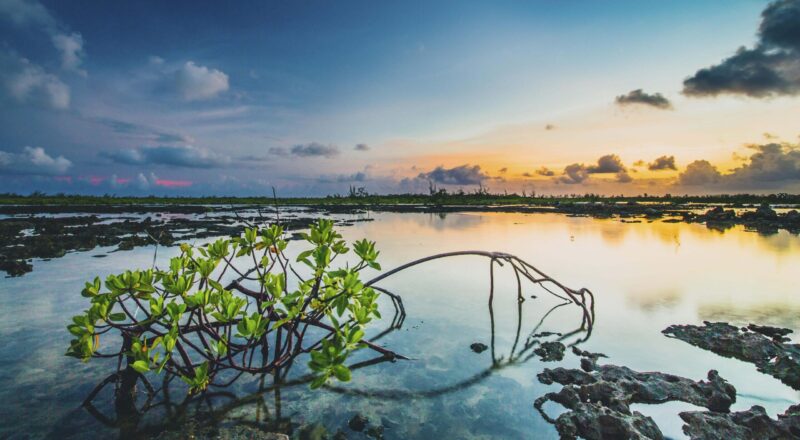Water constantly cycles through various stages in nature, a process known as the water cycle. This cycle is essential for renewing and recycling water on our planet. Water evaporates from the surface of oceans, lakes, and rivers.
It rises into the atmosphere, condenses to form clouds, and falls back to the surface as precipitation. The continuous movement of water ensures it remains a renewable resource.
The water cycle involves several key stages:
- Evaporation: The sun heats water in oceans, lakes, and rivers, causing it to change from liquid to gas. This water vapor rises into the atmosphere.
- Condensation: Water vapor cools and changes back into liquid droplets, forming clouds.
- Precipitation: Water droplets or ice crystals in clouds become heavy and fall to the surface as rain, snow, sleet, or hail.
- Infiltration and Runoff: Water from precipitation infiltrates the ground to replenish groundwater or runs off to rivers and lakes, continuing the cycle.
Evaporation
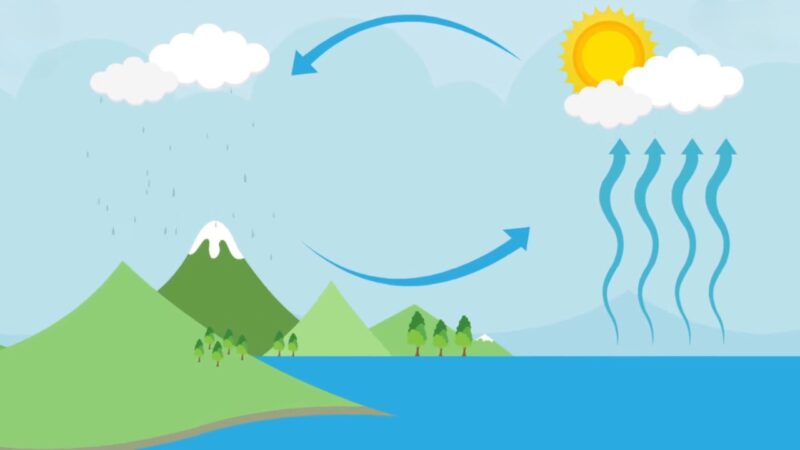
Evaporation is a crucial process in the water cycle. It involves the transformation of water from its liquid state to a gaseous state. This occurs when the sun heats water in oceans, lakes, and rivers. The energy from the sun causes water molecules to move rapidly, allowing them to escape into the air as water vapor. This step initiates the process of cloud formation and precipitation.
Evaporation not only occurs from large water bodies but also from soil and vegetation. Transpiration, a process where plants release water vapor into the air through their leaves, also contributes to the amount of water vapor in the atmosphere. Combined, evaporation and transpiration are often referred to as evapotranspiration.
Condensation
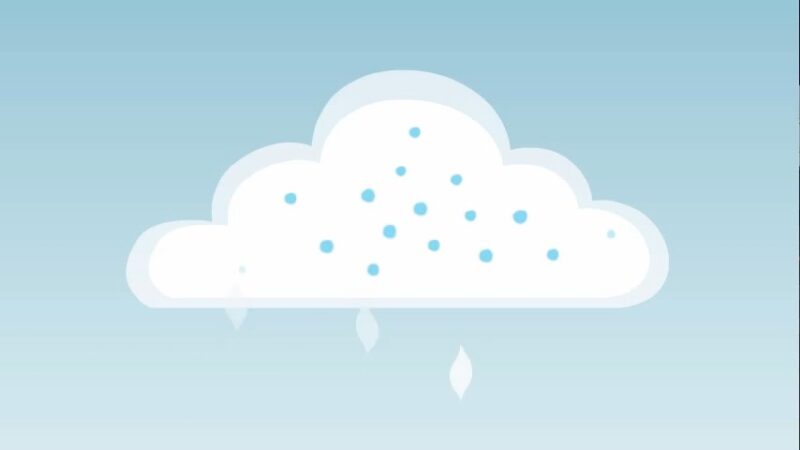
Condensation is the process where water vapor in the atmosphere cools and changes back into liquid droplets. This occurs when warm, moist air rises and cools in the upper atmosphere. The cooling causes the water vapor to condense around tiny particles like dust, forming clouds. Clouds consist of countless tiny water droplets or ice crystals suspended in the air.
Condensation is crucial as it transforms water vapor back into liquid form, eventually leading to precipitation. Without condensation, water vapor would not return to the surface, disrupting the cycle that keeps water renewable.
Precipitation
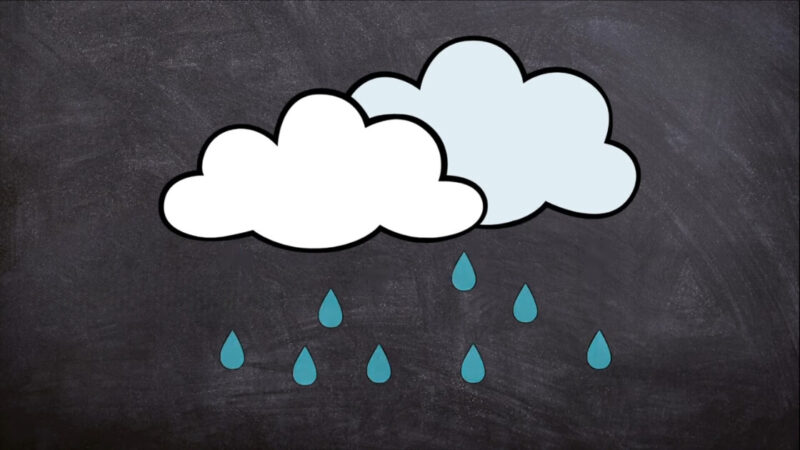
Precipitation occurs when water droplets or ice crystals in clouds become too heavy to remain suspended in the air. They fall to the surface as rain, snow, sleet, or hail. This process replenishes surface water bodies like rivers, lakes, and reservoirs. It also provides the necessary moisture for groundwater recharge, ensuring a continuous supply of fresh water.
Different forms of precipitation depend on the temperature and atmospheric conditions. Rain is the most common form, but in colder climates or higher altitudes, precipitation can occur as snow or ice. Each form of precipitation plays a vital role in distributing water across various ecosystems.
Surface Water and Groundwater

Surface water includes rivers, lakes, streams, and reservoirs. Groundwater is found in aquifers beneath the Earth’s surface. Both are crucial for drinking water, agriculture, and industry. Surface water is easily accessible and often replenished quickly by precipitation. Groundwater is stored in underground reservoirs and recharged more slowly through infiltration from precipitation and surface water.
Surface water and groundwater interact in various ways. Rivers and lakes can recharge groundwater through seepage, while groundwater can feed surface water bodies through springs and seepage. This interaction maintains the balance between surface and groundwater resources.
Human Impact on Water Resources
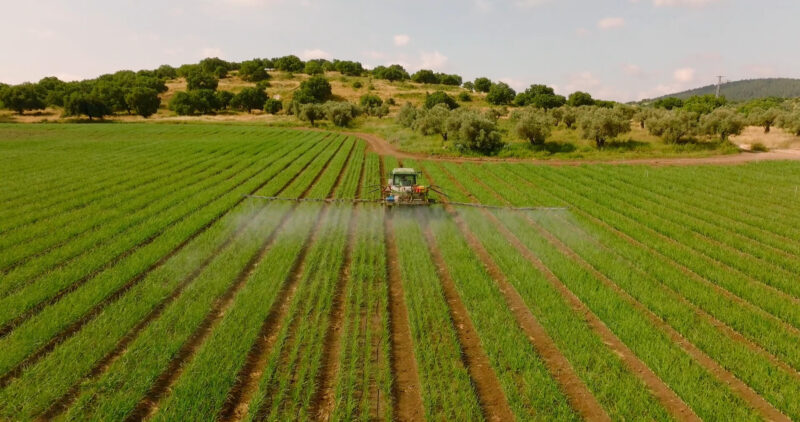
Human activities significantly affect water resources. Overuse, pollution, and climate change impact the availability and quality of water. Agriculture, industry, and urban development increase water demand and pollution levels. Sustainable practices, such as reducing water waste, treating wastewater, and protecting natural water bodies, are essential to mitigate these impacts.
Over-extraction of groundwater for agriculture and urban use can lead to depletion of aquifers, reducing the availability of fresh water. Pollution from industrial and agricultural activities contaminates water sources, making them unsafe for consumption and harming ecosystems. Climate change alters precipitation patterns, leading to droughts and floods that disrupt the water cycle.
Addressing these challenges requires integrated water management strategies. Policies and regulations that promote water conservation, pollution control, and sustainable water use are crucial. Public awareness and education about water conservation can also play a significant role in protecting water resources.
Sustainable Water Management

Sustainable water management involves strategies to use and protect water resources efficiently. This includes practices like water conservation, recycling, and implementing technologies to reduce water waste. Policies and regulations ensure fair distribution and protect ecosystems. Effective management helps maintain the balance of the water cycle, ensuring that water remains a renewable resource.
Water conservation techniques include reducing water loss through efficient irrigation systems, repairing leaks in distribution networks, and using water-saving fixtures and appliances. Recycling wastewater for non-potable uses, such as irrigation and industrial processes, reduces the demand for fresh water.
Technologies like desalination, which converts seawater to freshwater, and rainwater harvesting, which collects and stores rainwater for later use, can supplement traditional water sources. These technologies can help mitigate water scarcity, especially in arid regions.
Policies and regulations play a critical role in sustainable water management. Laws that limit water withdrawal, protect water quality, and promote conservation practices ensure the long-term availability of water resources. International cooperation is also essential, as many water bodies cross national borders.
The Importance of Protecting Water Quality
Maintaining water quality is as important as ensuring its quantity. Contaminated water sources are unusable and can harm human health and ecosystems. Pollution from industrial discharges, agricultural runoff, and untreated sewage are major threats to water quality. Protecting water quality involves monitoring, regulating, and reducing pollutants entering water bodies.
Implementing strict regulations on industrial discharges and promoting sustainable agricultural practices can significantly reduce water pollution. Treating wastewater before it is released into the environment ensures that contaminants are removed, protecting downstream water users and ecosystems.
Public awareness and participation in protecting water quality are also vital. Communities can engage in activities like river clean-ups, monitoring local water bodies for pollution, and advocating for better water management policies.
Innovations in Water Conservation and Reuse
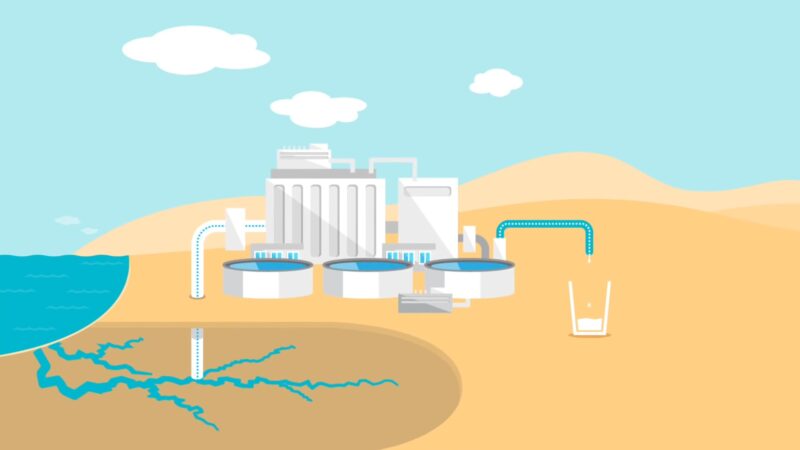
Innovative technologies and practices are emerging to enhance water conservation and reuse. Smart irrigation systems use sensors and weather data to optimize water use in agriculture, reducing waste. Greywater recycling systems treat and reuse water from sinks, showers, and washing machines for irrigation and flushing toilets.
Desalination technology is becoming more efficient and cost-effective, providing an alternative source of fresh water in coastal areas. Advances in water filtration and purification technologies ensure that even polluted water can be treated and reused safely.
Rainwater harvesting systems collect and store rainwater from rooftops and other surfaces for later use. This reduces the demand for municipal water supplies and provides a reliable source of water during dry periods.
FAQs
1. What is the difference between renewable and nonrenewable water resources?
Renewable water resources are those that are replenished through the natural water cycle, such as rivers, lakes, and aquifers that recharge with precipitation. Nonrenewable water resources are those that are depleted faster than they can be naturally replenished, such as certain deep groundwater aquifers that take thousands of years to recharge.
2. How does climate change impact the water cycle?
Climate change affects the water cycle by altering precipitation patterns, increasing the frequency and severity of droughts and floods, and causing shifts in the distribution and timing of rainfall. These changes can disrupt the balance of the water cycle, affecting water availability and quality.
3. What are some innovative technologies for water purification?
Innovative water purification technologies include advanced filtration systems, reverse osmosis, ultraviolet (UV) disinfection, and nanotechnology-based filters. These technologies can remove contaminants and pathogens from water, making it safe for drinking and other uses.
4. How can individuals contribute to water conservation?
Individuals can conserve water by using water-saving fixtures and appliances, fixing leaks, taking shorter showers, collecting rainwater for gardening, and using efficient irrigation methods. Reducing water waste in daily activities helps ensure a sustainable water supply.
5. What role do wetlands play in the water cycle?
Wetlands act as natural water filters, trapping pollutants and sediments from runoff before they reach larger water bodies. They also help recharge groundwater, mitigate floods by absorbing excess rainwater, and provide habitat for diverse species, contributing to the overall health of the water cycle.
Conclusion
Water is a renewable resource due to the continuous natural processes that recycle and replenish it. The water cycle, involving evaporation, condensation, and precipitation, ensures a constant supply of fresh water.
However, human activities and climate change pose significant challenges to water availability and quality. Sustainable water management practices, innovative technologies, and community engagement are essential to protect and conserve water resources for future generations.

